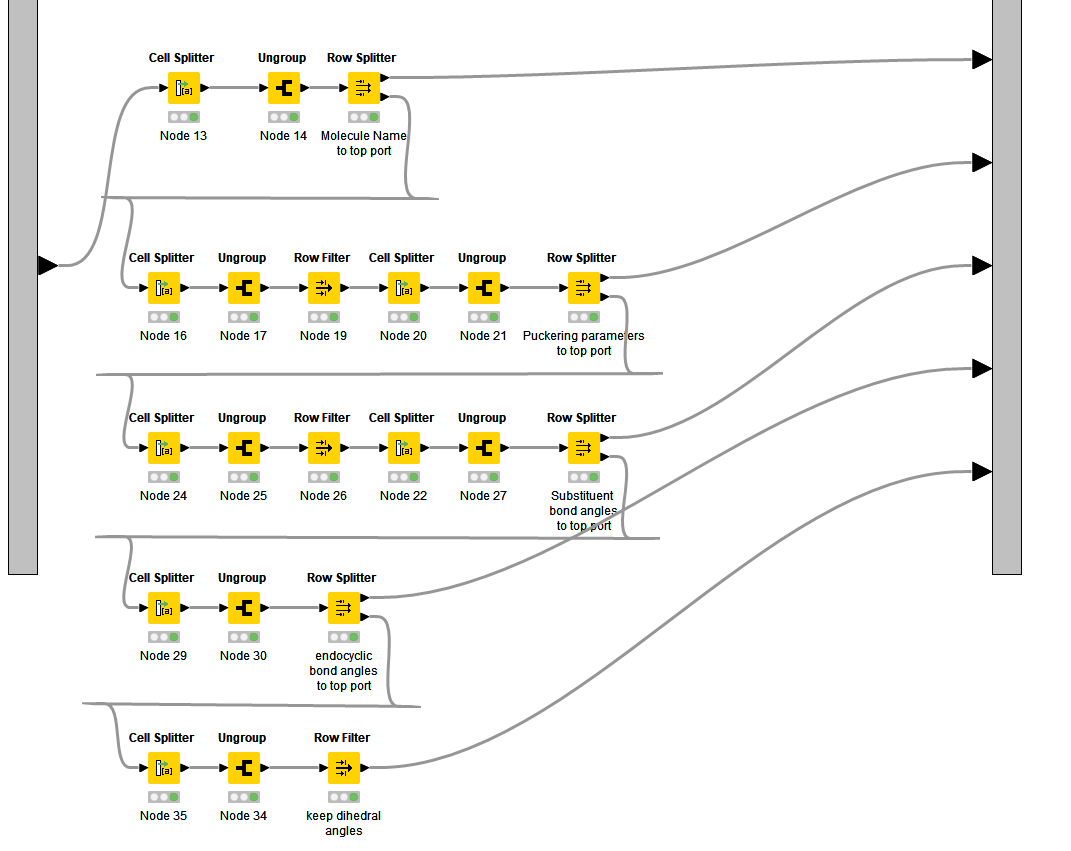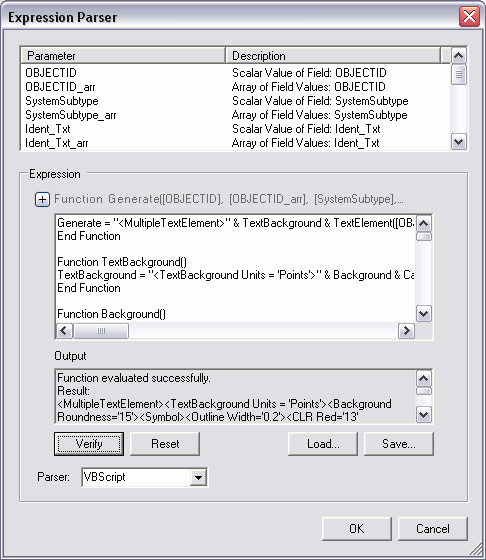


You then pass the resulting strings to the concat() function so that This example uses the parameters() function in each concat() parameterĪnd the firstName and lastName parameters. Or, you can get string values from parameters. You can either pass in string literals, for example, "Sophia" and "Owen" so that you get a combined string, "SophiaOwen": "customerName": 'Owen')" This function combines those strings into one string. Given that the result is an object with property propertyName, get that property's example, the concat() function can take two or more string values as parameters. Pass the result to the outer function Get the result from functionName.Ģ. Perform work with the result by passing that value to Get the result from the nested inner function functionName.Ģ. Perform work with an item by passing that item to a Get the parameterName's value by using the nested parameters() function.Ģ.

REMOVE SPLIT TEXT WORKFLOW HOW TO
To show how to use a function in an expression, this example shows how you can get the value from the customerName parameter and assign that value to the accountName property by using the parameters() function in an expression: "accountName": are some other general ways that you can use functions in expressions: Task Or, for detailed information about each function, see the alphabetical list. To find functions based on their general purpose, review the following tables. Return a globally unique identifier (GUID). Here are other example tasks that you can perform with functions: Task For more information about functionsĪnd expressions in Power Automate, review Use expressions in conditions.įor example, you can calculate values by using math functions, such as the add() function, when you want the sum from integers or floats. These functions work for both flows and logic app workflows. Although this page refers specifically to logic app workflows, This reference page applies to both Azure Logic Apps and Power Automate, but appears in theĪzure Logic Apps documentation.


 0 kommentar(er)
0 kommentar(er)
